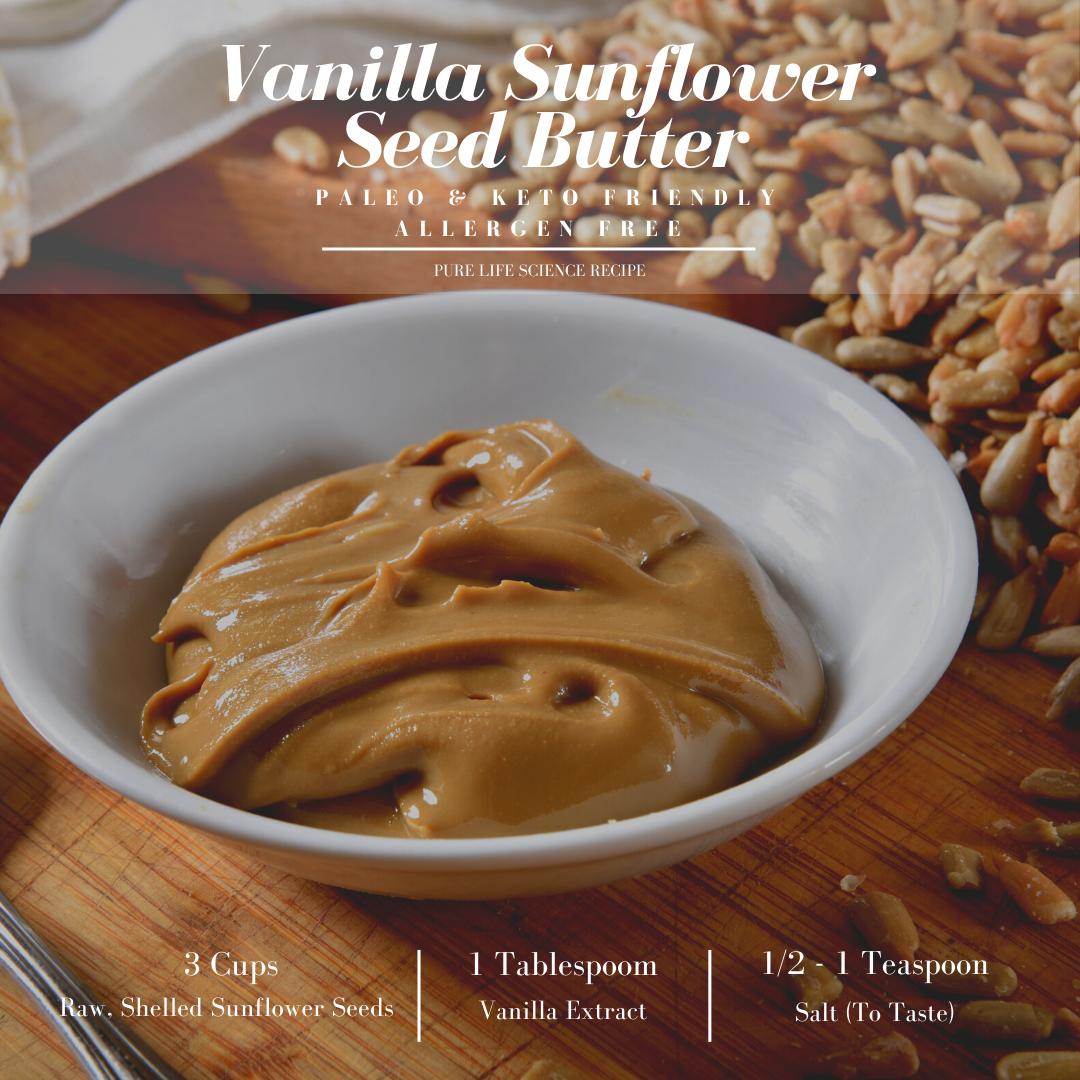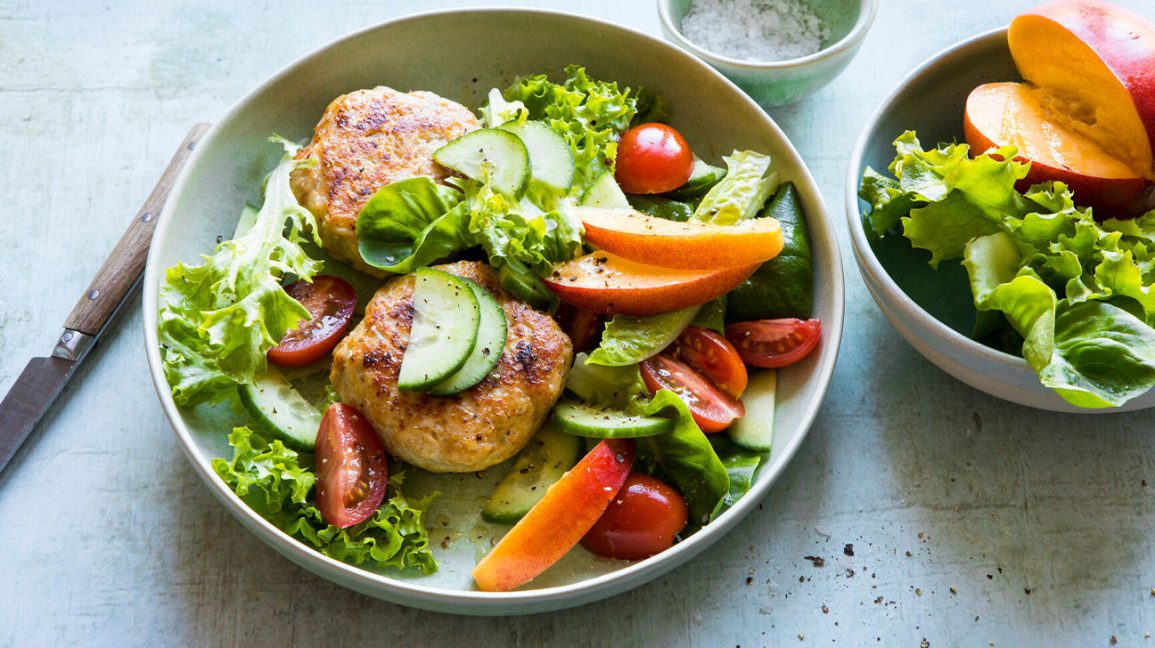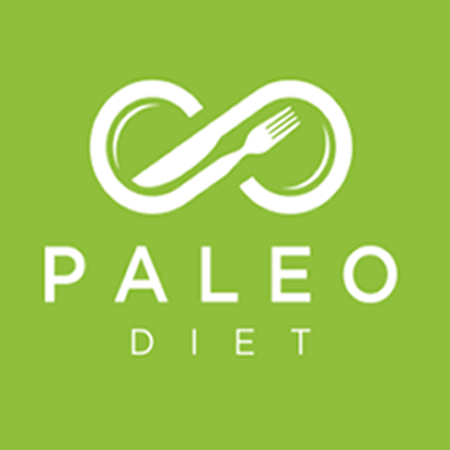
You're probably wondering, "Who created the Paleo diet?" American scientist Dr. Loren Cordain specializes both in exercise physiology as well as nutrition. He is a prominent advocate for the Paleo diet. But which of these two men should you believe? Or is this simply another myth? Read on to discover the truth about this fascinating diet!
Dr. Loren Cordain
Paleo is a controversial lifestyle that encourages eating the same foods our hunter-gatherer ancestors ate many years ago. This diet was based on research that looked at the Stone Age diet. It was low in salt, but high in potassium. High salt intake has been linked to many modern illnesses. Dr. Cordain states that it is possible to avoid many illnesses by eating like our caveman forefathers.
Dr. Cordain, a leading authority on nutrition and human evolution has published many scientific articles. His research has been featured on several major media outlets, including Dateline NBC and the front page of The New York Times. He has also written three books about the subject and a newsletter. You can find more information about Paleo here.
The Paleo Diet is divided into three levels: the basic, intermediate and advanced. At the lowest level, you eat fewer "open" meals and eat more foods that are forbidden to us. You can eat legumes and other seeds but only in moderation. A week can include 20 meals and 20 snack options. If you want your life to be long and prosperous, the diet should be followed for a lifetime.

It is based on the idea that hunter-gatherers eat high levels of protein. Cordain does however cite research that supports his theory using an ethnographic atlas from 229 hunter–gatherer societies. His research showed that 73% of the people he studied got more than 50% of their energy through animal foods, while only 14% ate plants. Cordain's findings are refuted in Am. J. Clin. Nutr. 71:665-667.
While this hypothesis may seem like a good one, there are powerful counterarguments to Dr. Cordain's claims. Cordain claims a diet low on fat and carbohydrates can increase one’s risk of getting cancer. However, the evidence is against this hypothesis. The diet's benefits outweigh its drawbacks, for example. Cordain's study also points to its many limitations and is not yet definitive.
Walter Voegtlin
Paleolithic eating is a way to eat that has been around for at least 35 years. Walter Voegtlin (gastroenterologist) developed the Stone Age Diet after studying human dietary habits. The diet is beneficial for people who have common digestive issues, according to his study. This diet has many health benefits including improved brain function, and a lower risk of colon cancer.
Voegtlin was inspired to create the diet based on the fact that humans were born as carnivores. He believed that humans are genetically similar to dogs and sheep, and should therefore eat a carnivorous diet. Advocates of the diet point to current data which is mixed, but generally favorable. However, modern humans have not adapted to the paleo-diet as much as animals did tens of thousands years ago.
In the book "The Real Diet of Man", author Walter Voegtlin uses the chemistry of food to prove the effectiveness of this diet. This book also emphasizes foods that are low in glycemic, high in fiber, and balanced essential fat acids. The book focuses only on foods that can make your body work at its best. The authors, Ted Slanker and Walter Voegtlin, have been reporting on the fundamentals of nutrition research for over fifteen years. They also distill complex studies into basic nutrients for human well-being.

Some food groups are off limits on the Paleo diet, including processed foods, sugar, salt, and grains. Some animals are not suitable for the diet, as they are grain-fed. In addition, modern fruits & vegetables are much different than the ones eaten during paleolithic eras. Many Paleo dieters cite studies with a limited number of subjects that are not long-term. These studies don't support the Paleo lifestyle as a whole.
Since the Paleolithic diet is based on animal protein, a study of animals' diets is necessary. Despite the fact that Paleolithic diets were not entirely vegetarian, it does have a strong influence on modern humans. Many of these researchers believe that animal diets weren't entirely vegetarian or vegan. Although eating more fat and meat may reduce cholesterol, it can also improve cardiovascular fitness.
FAQ
Where can I get free online cooking lessons
Many websites offer free cooking classes. YouTube is a great place to search for cooking videos. Some websites give you access to thousands of recipes. The sites typically charge a monthly fee but you can test them for free for a period of 30 days.
How do I become a chef?
A culinary arts degree is the first step to a career as a chef. Next, you should join a professional association such as the American Culinary Federation (ACF). This organization offers certification exams, as well networking opportunities.
Which is the best method to store leftovers?
Tupperware containers are a good choice for leftovers. These containers keep food fresh and prevent odors forming. They also keep foods warm longer. Remaining food can be frozen in freezer bag. For food that you are freezing, make sure to place it inside another freezer bag. Once the food has been frozen, transfer it into an airtight container such as a zip lock bag.
What should a beginner chef learn?
An easy dish to start with is pasta, rice, or soup. You can learn how to cook by looking at a cookbook or watching a YouTube video. Cooking can be fun when done with a partner. You can cook together as a family or with friends.
Statistics
- In the United States, the category is estimated at $23.2 billion annually and is growing faster than the market. (washingtonpost.com)
- under 10 Kids have been taught that there is special food just for them, and Fiese says that 10 percent of kids will throw a tantrum if they don't get the food they want. (washingtonpost.com)
- You'll be amazed that over 90% of CIA students receive scholarships and grants to finish their culinary studies. (ischoolconnect.com)
External Links
How To
How to make a perfect Omelette
Omelets are my favorite breakfast dish. But how do you make them perfectly? I have tried many different recipes and methods, but none of them work. Today, I'd like to share some tips with you in order to make delicious and fluffy omelets every day.
We should first know that eggs are very temperamental ingredients when making omelets. You must get them fresh, organically, and keep them cold until you cook. They must be kept cool, otherwise the whites will not form properly and the yolks may become runny. This causes your omelets to look oddly colored. If you intend to cook your eggs immediately, it's best to use room-temperature egg.
You can also separate the egg before you add it to the pan. You don't want the white to get mixed with the yolk, as this could cause the egg to curdle.
The egg can burn if it is placed directly on the stovetop. Instead, heat the egg in a microwave for 10 seconds and then place it in a pan. The microwave heat is sufficient to cook the egg without overcooking.
Next, let's talk about mixing the eggs. Mixing eggs together is important. You need to beat them well. To do this, take the bowl from the mixer and flip it upside-down. Then, vigorously shake the bowl. This will whip the air around the bowl and mix the egg well.
The fun part is now - adding the milk to the mixture. The first step is to pour half of the milk in the beaten eggs. Next, fold the eggs into the remaining milk. If you still see streaks of eggs, don't worry. These streaks will disappear once the omelet has been turned over.
After you have done folding the eggs, heat the pan on medium heat. The oil will start to smoke. Add 1/4 cup butter to the oil and swirl it around to coat all sides of the pan. Carefully open the pan's lid and add salt to the pan. The salt will help to prevent the omelet's sticking to the pan.
Once the omelet forms, cover the pan again. Let the top side set completely. Flip the omelet upside down or with a spatula. Cook the second side for a minute or so. Serve the omelet immediately by removing it from the pan.
This recipe works best with whole milk, but skimmed milk also works.